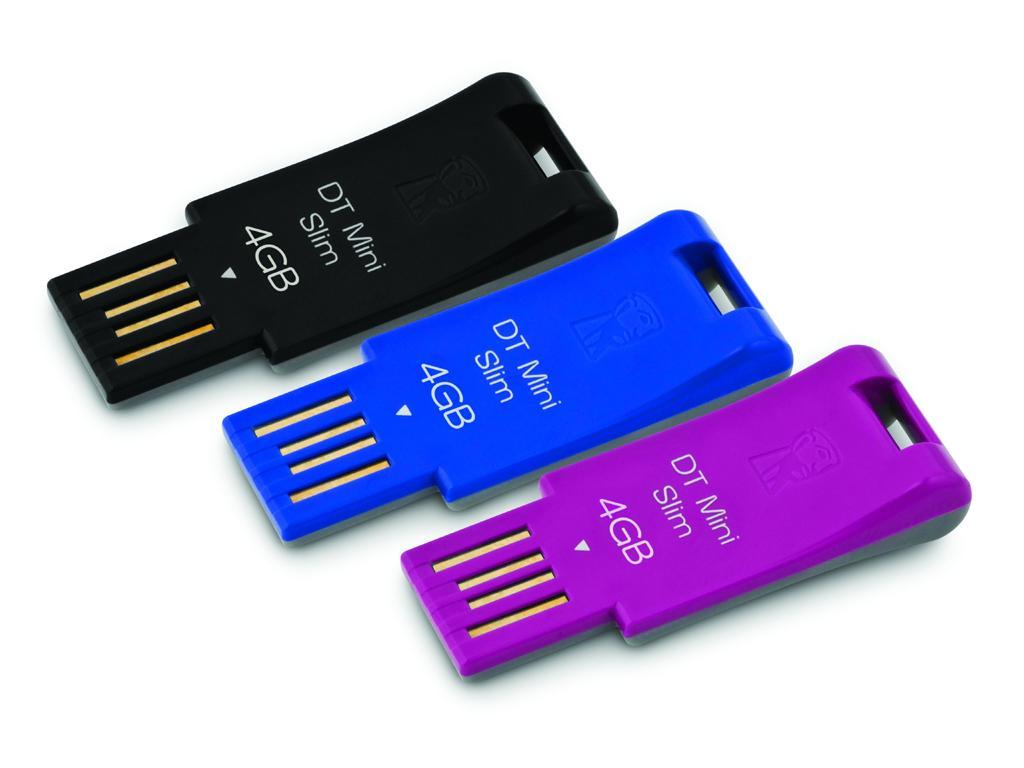The increase of popularity for the branded USB sticks brought also a number of challenges and risks for the suppliers and consumers alike. We will talk a little about a certain hidden issue that especially buyers have to be aware of and that some suppliers are reluctant to share with them or do not check it themselves.
The three major components that any USB flash drive is made of, branded or not, are the flash chip, the memory, the circuit board with the USB connector and the case of the memory drive, its body. Usually, the circuit board and the body are pretty much the same across the industry, are pretty standard, but the flash chips come in a very wide selection. These flash chips can be summarily categorised in four different categories, as follows:
Grade A chips
Are the original branded USB flash chips and are produced by leading brands like Hynix, Samsung, Intel, Micro, and others. And as they are manufactured, they are each imprinted with a brand name and a unique serial number. These Grade A chips, come with a full warranty, are tested to a high QA tolerance and because they are the most reliable, they have a higher price, becoming the most expensive components on the market.
Grade B chips
Also called OEM flash chips, are usually produced buy one of the leading brand name, but do not carry any imprints on them. No brand is imprinted and also, no serial number. They also have no warranty and can be as reliable as the Grade A chips.
Grade C chips
The downgraded flash chips are wastage of chips from leading brands, a combination of chip cutting process and QA test failures. They have a high failure rate, up to 40% in some cases, and are sold to different third parties, for recycling or even selling. The price of these chips reflects their quality.
Grade D chips
Called the masked chips. They are fake or counterfeit USB memory chips. They are usually programed to simulate a higher capacity that they actually have and the only way to verify this is to try to load data on them. If, for example, you want to put 1GB of information on one of these chips, and the copy stops after 128 MB of data then you can be sure your USB flash drive has a Grade D flash chip in it. Also, these Grade D components have an extremely low cost.
To summarise, make sure that your supplier gives you exact information about the products they are selling and insist to receive this information in writing. It is important to know what you are buying and extremely important how reliable you branded USB flash drives will be in the hands of your customer, partners or very important clients. For a high profile project, Grade A flash chips are a necessity, while for a regular marketing campaign, in our opinion and experience, Grade B chips will suffice.

